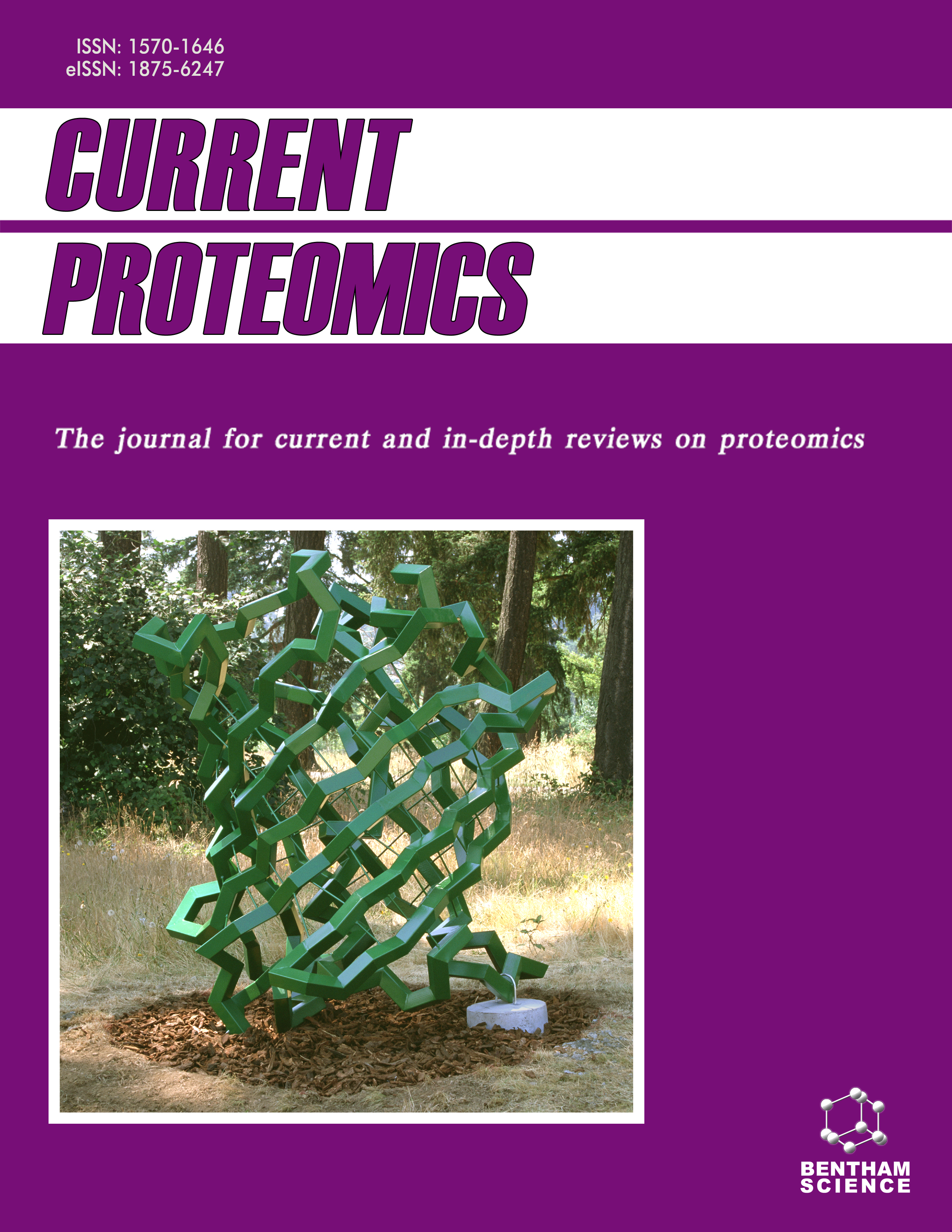
Full text loading...
Coronavirus disease 2019 (COVID-19), which emerged in 2019, has caused millions of deaths worldwide. Although effective vaccines have been developed to mitigate severe symptoms, certain populations, particularly the elderly and those with comorbidities, remain at high risk for severe outcomes and increased mortality. Consequently, early identification of the severity and clinical outcomes of the disease in these patients is vital to prevent adverse prognoses. Although traditional machine learning and deep learning models have been widely employed in this area, the potential of large language models (LLMs) remains largely unexplored.
Our research study focused primarily on constructing specialized prompts and adopting multi-objective learning strategies.
We started by selecting serological indicators that significantly correlate with clinical outcomes and disease severity to serve as input data for the model. Blood test samples often contain numerous missing values, and traditional models generally rely on imputation to handle these gaps in the data. In contrast, LLMs offer the advantage of robust language processing capability and certain semantic understanding. By setting prompts, we can explicitly inform the model when a feature’s value is missing, without the need for imputation. For the multi-objective learning strategy, the model was designed to first predict disease severity and then clinical outcomes. Given that LLMs utilize both the input text and the generated tokens as input for generating the next token, the predicted severity was used as a basis for generating the clinical outcome. During the fine-tuning of the LLM, the two objectives influenced and improved each other. Our experiments were implemented based on the ChatGLM model.
CovidLLM demonstrated superior performance compared to other traditional models in predicting disease severity and clinical outcomes.
The results demonstrated the effectiveness of LLMs in this task, suggesting promising potential for further development.

Article metrics loading...

Full text loading...
References


Data & Media loading...

